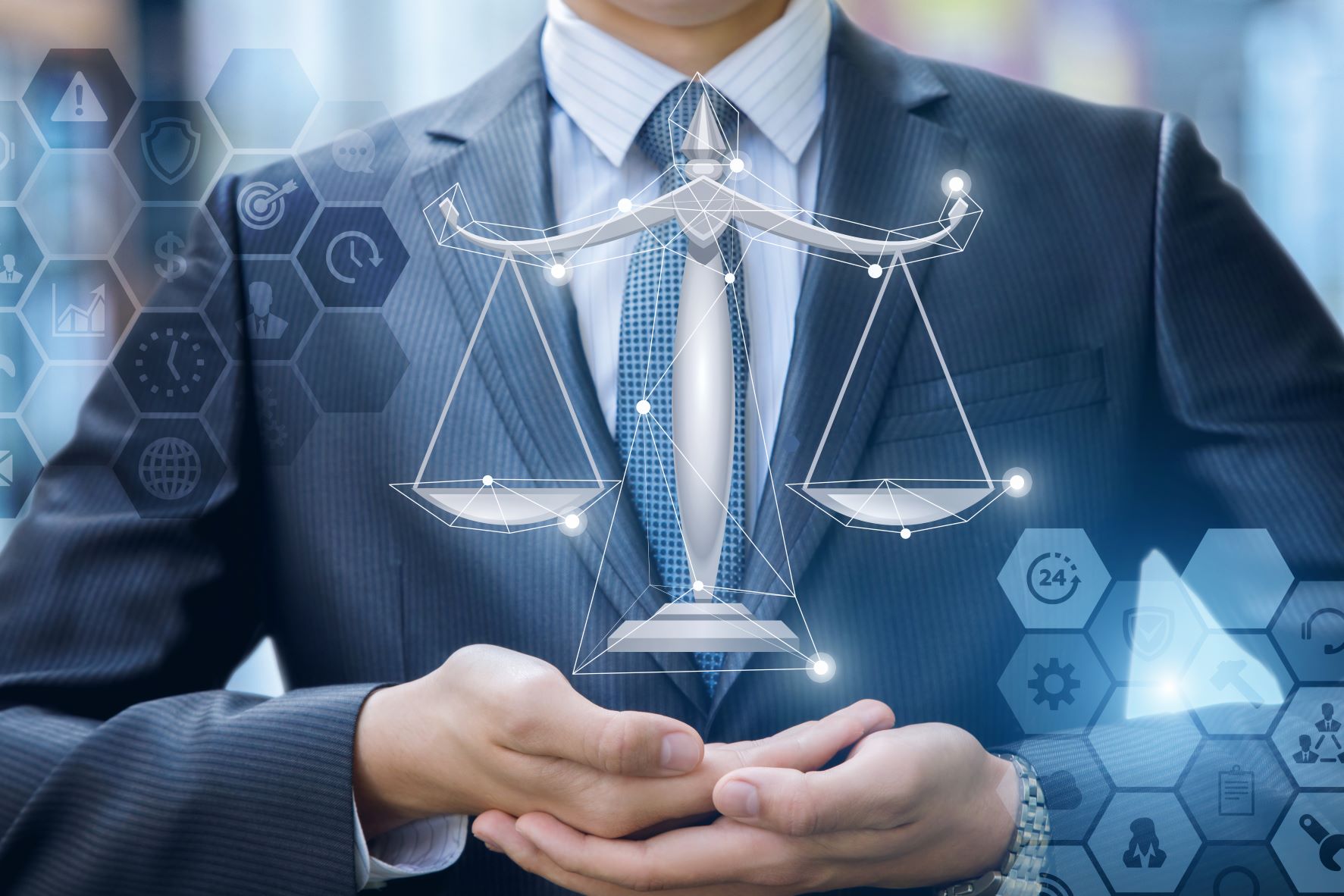Legal Tech Trends for 2023
Increasingly, legal workflows are being undertaken through technology. Where technology in the practice of law was once limited to foundational support tools, it is now disrupting the way that lawyers practice.
Advances in technology over the past five years have allowed for areas of practice that are now inextricably linked to the technology that supports them. eDiscovery is the obvious area where this is the case.
Discovery used to be a process that was largely manual. The rise of eDiscovery occurred both as technology evolved that could automate many of the processes involved in discovery, and as the landscape of work changed so that most of the data and information that needed to be collected, produced, and reviewed become electronic. Now it’s impossible to separate “discovery” from “electronic” – the technology is an integral part of the legal workflow.
As automation becomes ubiquitous in other legal processes, such as due diligence and document drafting, we will see similar evolutions. Due diligence will become, by default, automated due diligence. Drafting will always involve some component of automation and we are sure to reminisce at the days when lawyers drafted manually, word by word.
These changes in the way law is practiced mean that education about legal technology will be essential for lawyers and legal organisations because the practice of law in many areas will not be feasible without an understanding of the underlying technology through which it is conducted. It’s likely that in many jurisdictions, continuing legal education for lawyers will involve some annual requirement for learning about legal technology.
Technological evolution of the practice of law also means that multidisciplinary teams will serve clients, rather than lawyers alone. In eDiscovery, data sampling and statistical analysis require new resources in the form of data analysts and data scientists. As a result, it’s now common for large firms to have data practices or data centres, where even three years ago this was rare. Many of the particularly exciting new technology developments are emerging around use cases focused on legal drafting and documents.
Smart drafting is a category of technology that extends the value of document automation and clause banks by combining them and adding AI that can review a database of contracts in real-time and extract relevant clauses, allowing users to add these into a contract as they’re drafting.
The advent of large language models like Open AI’s ChatGPT potentially means we will see even more automation around drafting, with initial drafts being produced by machines after a human provides factual prompts. Of course, these drafts will then be heavily edited by lawyers. Even with this advanced technology, the legal industry is not heading in a direction where lawyers are replaced by machines. Lawyers who are not using modern technology, however, and are not being strategic about automating the parts of legal practice that lend themselves to it, are vulnerable.
The lawyers who will thrive in the future are those who embrace technology and understand its potential to improve the way they practice, the way they deliver legal services to clients, and to optimize the quality of the work that they do. Legal teams wondering how they should get started when it comes to legal technology should review their practice to identify areas of work that are overtly manual and repetitive.
Themes will likely arise from this review, with problem areas arising, for example, in workflows around work intake, document drafting, contract management, or task tracking. Once you identify the most common pain point for your team, you will be able to focus your initial efforts towards digitization on this use case and identify from there the type of technology that will have the most positive impact on your legal practice.
Thoughts by Nicola Shaver CEO & Co-Founder at Legaltech Hub

